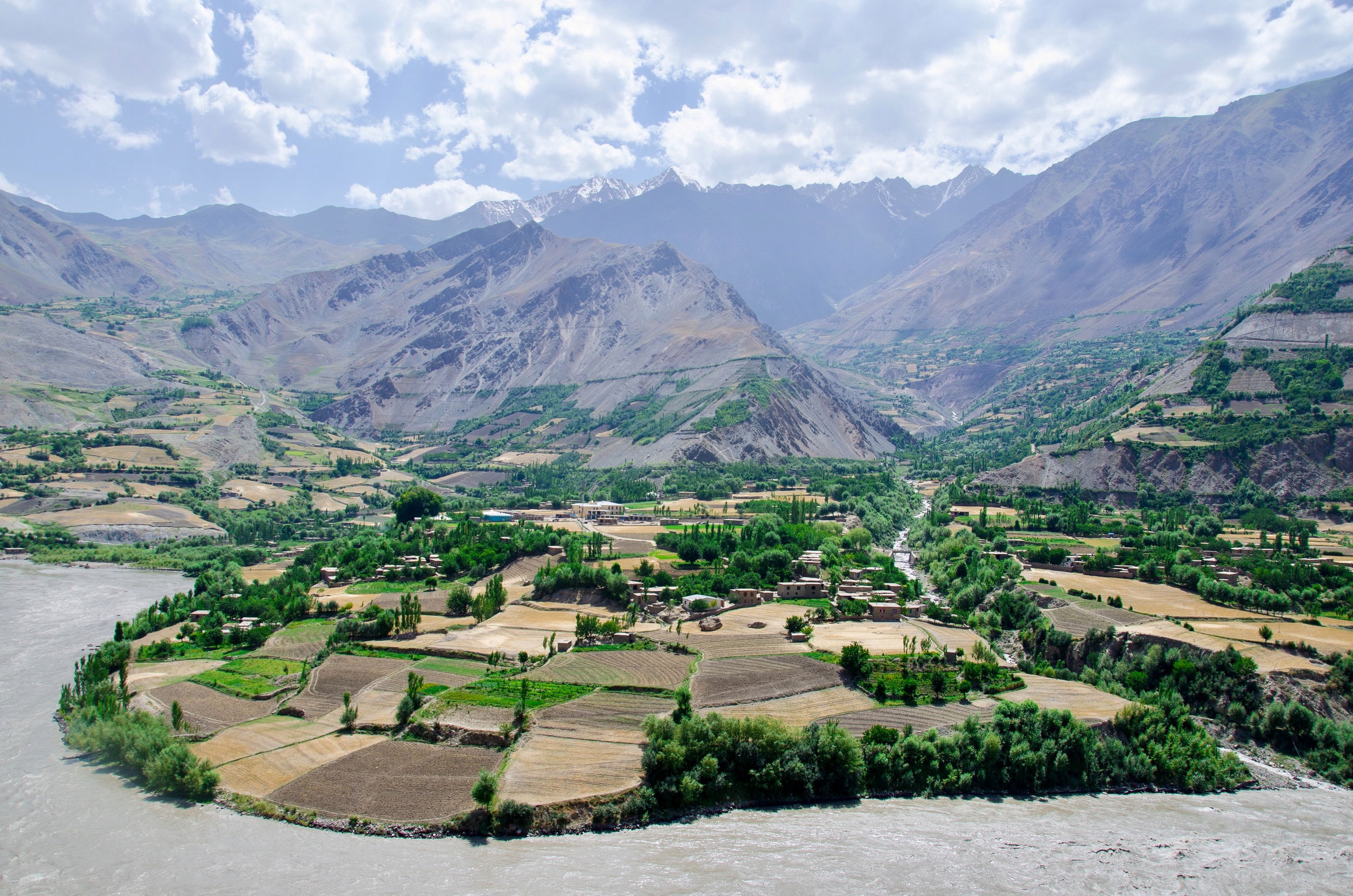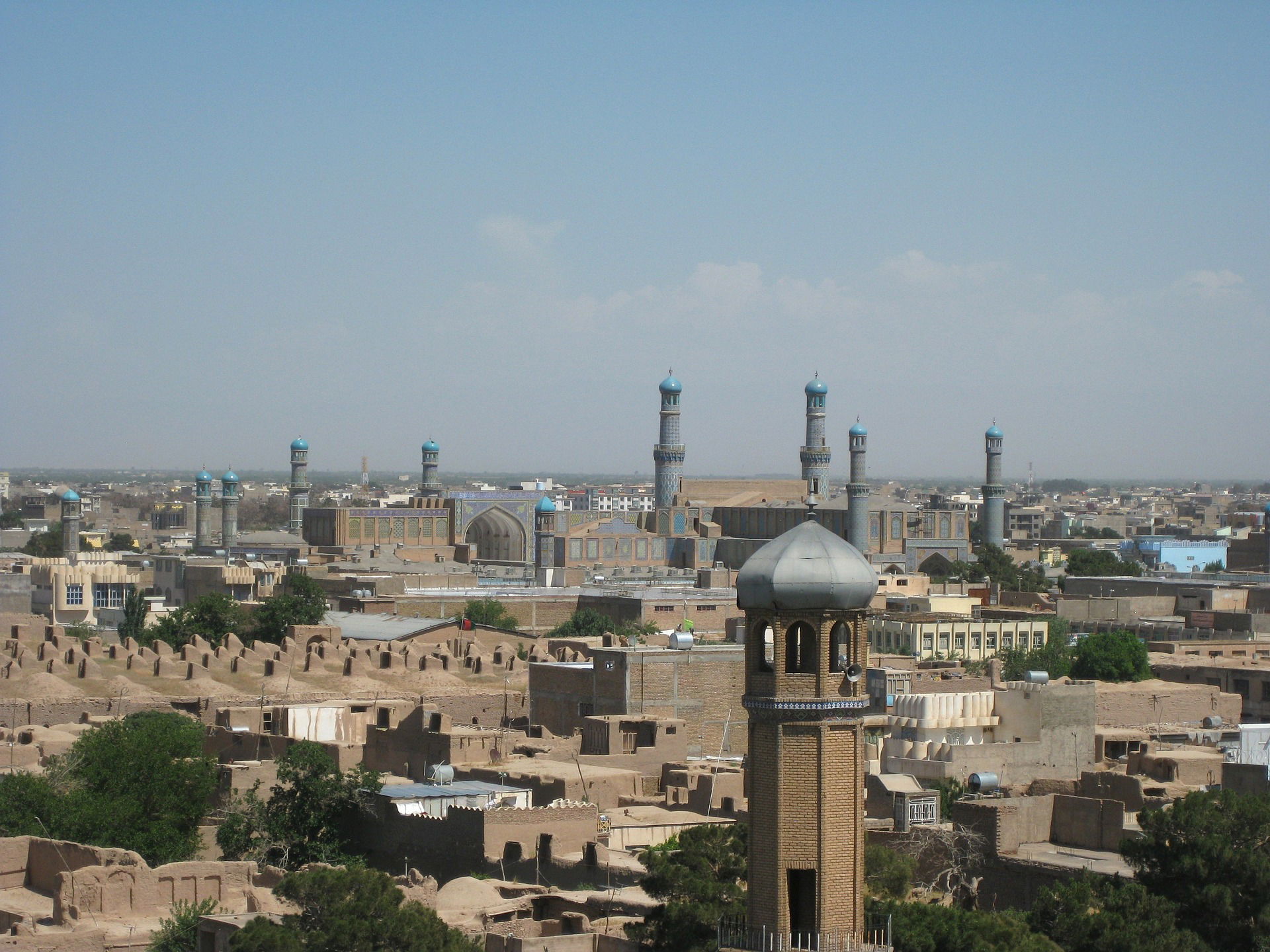History of Afghanistan: An Introduction from Ancient Times to the Present
Afghanistan, an ancient country in Central Asia, is well known for its history and cultural heritage. Located north of the Himalayas, Afghanistan has long been a center of conflict between various empires, rulers, and cultures. In this article, we will discuss the history of Afghanistan and its important stages.
Ancient and medieval Afghanistan
The ancient history of Afghanistan dates back to the 6th century BC, when the region was part of the Persian Empire. Later, the Greeks under Alexander the Great conquered the region, and from here the Greco-Bactrian and Kushan empires emerged. During the Kushan Empire, Buddhism spread to Afghanistan, as evidenced by important architectural monuments such as the Bamiyan Buddhas.
During the Middle Ages, the Arabs brought Islam to the region and the people gradually converted to Islam. This led to the establishment of the Ghaznavid and Ghurid empires, which played a major role in the spread of Islam in South Asia.

Rise of the Mughal and Durrani Empires
In the late 15th century, Babur, the founder of the Mughal Empire, set foot in Afghanistan and from there he began his campaign to conquer India. However, Afghanistan's political and cultural identity was largely formed in the early 18th century, when Ahmad Shah Durrani founded the Durrani Empire. He is called the Father of the Nation of Afghanistan, and during his reign, Afghanistan became a unified state.
Modern Afghanistan and British influence
In the late 1800s, Afghanistan became a flashpoint in the conflict between the British and Russian Empires. The British wanted to use Afghanistan as a buffer state that could contain the advance of the Russian Empire. This led to three Anglo-Afghan Wars from 1839 to 1919. Although the British were successful in the first two wars, Afghanistan regained its full independence after the third war and became an independent state under Amanullah Khan in 1919.
Recent history: war, Soviet invasion, and Taliban rule
Afghanistan's recent history is complex and conflict-ridden. In 1979, the Soviet Union invaded Afghanistan, beginning a decade-long bloody war. During this war, mujahideen groups fought against Soviet forces, and the Soviets finally withdrew from Afghanistan in 1989.
The country fell into political chaos after the Soviet war, and in 1996 the Taliban took control of Afghanistan. Under the Taliban, Islamic Sharia law was implemented and human rights abuses occurred. In 2001, following the 9/11 attacks, the United States and its allies invaded Afghanistan and overthrew the Taliban regime. Since then, the process of rebuilding Afghanistan has begun, but conflict in the country continues.

Cultural heritage and attractions of Afghanistan
Afghanistan's cultural heritage reflects its long and rich history. Major tourist attractions include:
- Bamiyan Valley : Bamiyan Valley is famous primarily for its Buddhist heritage. The large Buddha statues located here were built in the 6th century and are considered a monument to the Buddhist history of Afghanistan.
- Harat Mosque : This is one of the major Islamic architectural monuments in Afghanistan. Built in the 14th century, this mosque is famous for its exquisitely crafted crowns and tiling.
- Mazar-i-Sharif : This is an important city in nor